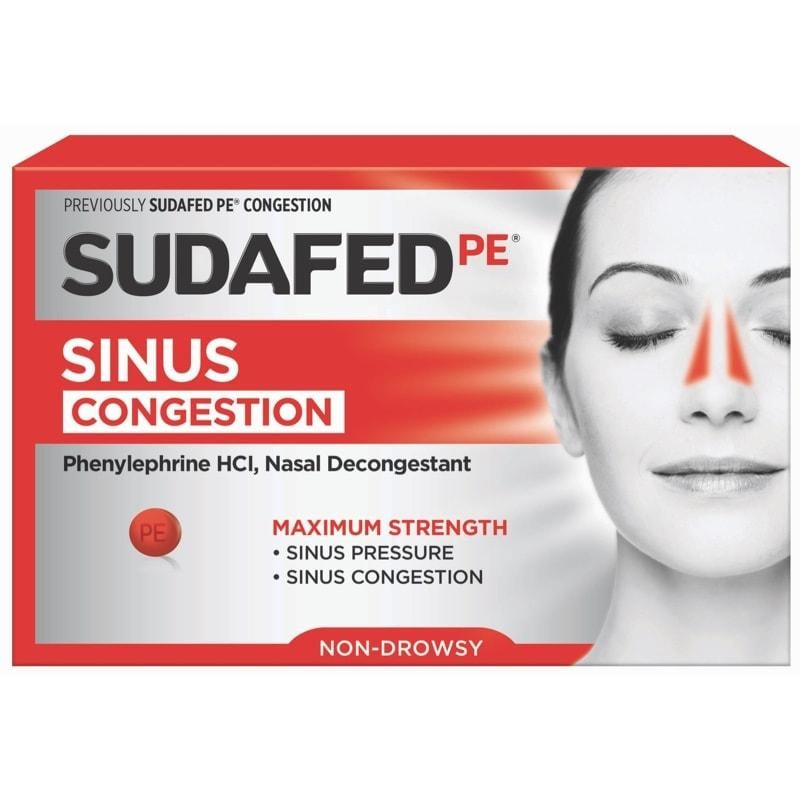Why Does My Tooth Hurt After Filling? Find Solutions

The frustrating phenomenon of tooth sensitivity after a filling - a common conundrum that affects many individuals who have undergone this routine dental procedure. If you’re experiencing discomfort or pain in your tooth after receiving a filling, you’re not alone. This issue can be attributed to various factors, which we’ll delve into in this article. We’ll also explore potential solutions to alleviate your symptoms and get you back to enjoying a healthy, pain-free smile.
Understanding the Reasons Behind Tooth Sensitivity After a Filling
To tackle this problem effectively, it’s essential to comprehend the possible causes of tooth sensitivity following a filling. Some of the most common reasons include:
- Tooth preparation: During the filling process, your dentist needs to remove the decayed portion of your tooth. This preparation can sometimes cause minor trauma to the tooth’s pulp, leading to sensitivity.
- Filling material: The type of filling material used can also contribute to sensitivity. For instance, amalgam fillings can conduct hot and cold temperatures, potentially irritating the tooth’s pulp.
- Tooth structure: The structure of your tooth, including the thickness of your enamel and the size of the filling, can influence the level of sensitivity you experience.
- Nerve irritation: The filling process can irritate the nerve inside your tooth, causing sensitivity and pain.
- High filling: If the filling is not shaped correctly or is too high, it can put additional pressure on your tooth, leading to sensitivity.
Solutions to Alleviate Tooth Sensitivity After a Filling
Now that we’ve explored the possible causes of tooth sensitivity after a filling, let’s examine some effective solutions to alleviate your discomfort:
- Desensitizing toothpaste: Using a desensitizing toothpaste containing ingredients like potassium nitrate or strontium chloride can help block the dentinal tubules in your teeth, reducing sensitivity.
- Fluoride varnish: Applying a fluoride varnish to your teeth can help strengthen your enamel and reduce sensitivity.
- Avoid trigger foods: Identify and avoid consuming foods and drinks that trigger your tooth sensitivity, such as hot or cold beverages, sweet or sour foods, and acidic substances.
- Use a soft-bristled toothbrush: Switch to a soft-bristled toothbrush and gentle toothpaste to minimize irritation to your teeth and gums.
- Consider a topical anesthetic: Over-the-counter topical anesthetics like benzocaine or Orajel can provide temporary relief from tooth sensitivity.
- Follow-up with your dentist: If your sensitivity persists or worsens, schedule a follow-up appointment with your dentist to assess the filling and adjust it if necessary.
Preventing Tooth Sensitivity After a Filling
While it’s not always possible to completely avoid tooth sensitivity after a filling, there are steps you can take to minimize the risk:
- Maintain good oral hygiene: Regular brushing, flossing, and dental check-ups can help prevent tooth decay and reduce the need for fillings.
- Use a fluoride mouthwash: Rinsing with a fluoride mouthwash can strengthen your teeth and make them less susceptible to sensitivity.
- Avoid grinding or clenching: Try to avoid grinding or clenching your teeth, as this can put excessive pressure on your teeth and fillings, leading to sensitivity.
- Choose the right filling material: Discuss the type of filling material with your dentist and opt for a material that is less likely to cause sensitivity, such as composite resin.
How long does tooth sensitivity after a filling typically last?
+Tooth sensitivity after a filling can last anywhere from a few days to several weeks. In most cases, sensitivity subsides within a few days to a week after the procedure.
Can I use a desensitizing toothpaste immediately after a filling?
+It's recommended to wait at least 24 hours after a filling before using a desensitizing toothpaste. This allows the filling material to set properly and reduces the risk of interfering with the filling's bonding process.
Are there any home remedies that can help alleviate tooth sensitivity after a filling?
+Yes, there are several home remedies that may help alleviate tooth sensitivity after a filling, including applying a cold compress, using a saltwater rinse, or trying a homemade paste made from baking soda and water.
By understanding the causes of tooth sensitivity after a filling and exploring the solutions outlined in this article, you can take proactive steps to alleviate your discomfort and enjoy a healthy, pain-free smile. Remember to consult with your dentist if your sensitivity persists or worsens over time, as they can provide personalized guidance and treatment to address your specific needs.


